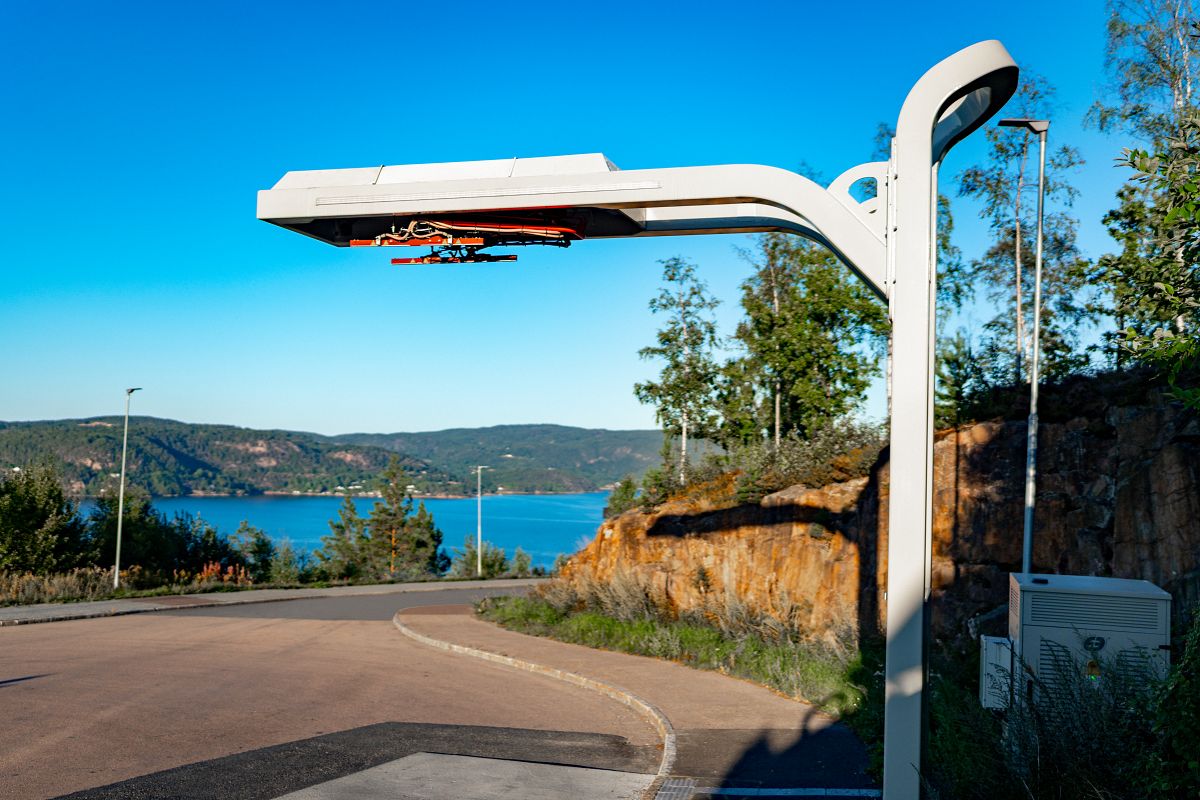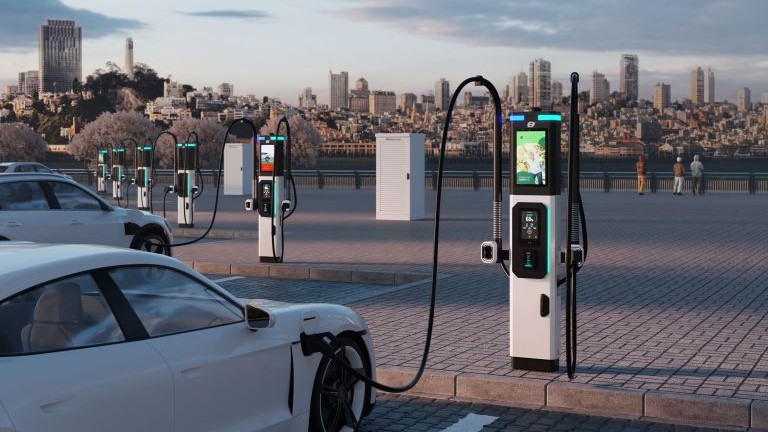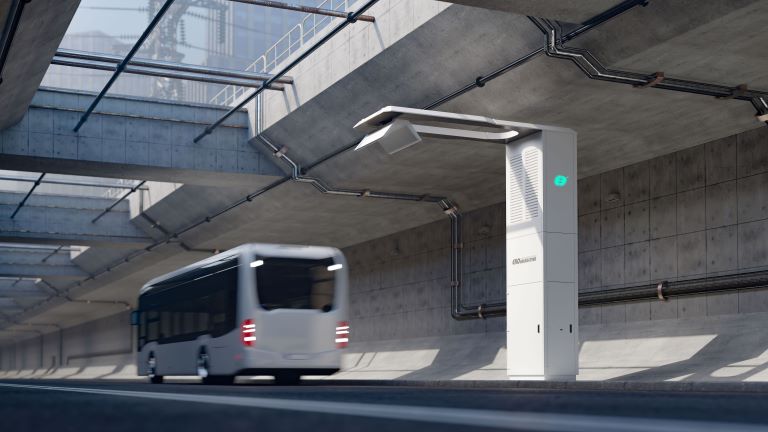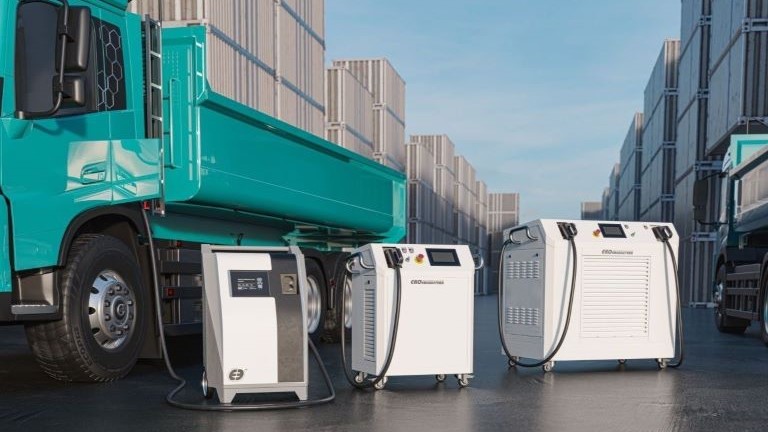
The first episode with e-mobility experts in the Smartobilty Talks series is over. The Scandinavian recipe for electrification is not yet fully known to us. However, Ekoenergetyka experts Ryszard Rutkowski and Robert Schneider, in a conversation with Agata Rzędowska, an automotive journalist, attempted to identify the ingredients for Scandinavian success.
Why Scandinavia in particular?
The Scandinavian electromobility market is currently at an advanced level. In 2021, two-thirds of cars sold were electric cars. They currently account for about 21% of all cars on Norwegian roads. The scale of electrification is so large that the region’s car offerings are also changing dramatically. Some brands are completely stopping the production of combustion cars, others are limiting their offer to just a few models. Electric cars have the advantage,their offer is broad and constantly growing. Awareness of climate changes serves as the starting point for the implementation of the electrification process. This has a direct impact on the global reduction of gas emissions and the fossil fuel exploitation. In the Scandinavian countries, this awareness is highly developed.
The largest producer of natural gas and oil is a leader in RES?
Scandinavia is a region of high potential and opportunity, one of the largest producers of oil and natural gas, but also a leader in RES. The region’s policy on alternative sources is based on long-term measures and with an eye to the future – Scandinavia mainly uses RES sources, exports fossil fuels, and the surplus from the sale of fossil fuels is used to develop hydropower. As the share of electric vehicles increases, so does the demand for electricity. Following this pattern, the development of electric vehicle charging infrastructure in Poland should go hand in hand with the development of solar power.
Involvement of government entities
A key role in electrification is played by the government, whose task it is to create conditions for the development of electromobility. One of the components of success is the pursuit of sustainable climate and energy policies. A breath of fresh air for cities is the electrification of public transport, as well as clean transport zones, which many European capitals are now adopting.
Another solution the Norwegian capital has decided to implement, is the creation of zones open only to electric vehicles, pedestrians and cyclists. This decision has a direct impact on the growing interest in car sharing. At this stage, a decided minority is able to give up owning their own vehicle entirely, in favor of public transportation or shared mobility.
Developing a system to promote the purchase of zero-emission vehicles
It should be emphasized that one of the factors that often influence the decision to purchase an electric car is the price of the vehicle, which is why it is so important for government entities to develop a system of incentives to support the purchase. Scandinavia has developed instruments to support electrification, including: the purchase of a new electric car is exempted from 25% VAT, and as a result, the prices of electric vehicles match those of combustion cars in the same class.

Adapting the charging infrastructure
Electric vehicle travel should not be a problem or a challenge: the network of charging infrastructure in the Nordic countries has become widespread and is constantly growing. The development of the infrastructure is carried out in cooperation between government entities and representatives of the business world. Rapid chargers are also widely available, for example, in city parking lots. It is also possible to carry electric cars on the ferry and charge them during the ferry crossing.
Education and user support
Governing entities and dedicated associations are gradually building trust among potential users of electric cars and familiarizing them with the new technology through professional service at all stages, including the after-sales stage. E-mobility is a topic and skill that Scandinavians want to explore. They also have the opportunity for testing and special training. A dedicated Contact Center has been launched, where you can get answers to any burning questions related to the purchase or operation of an electric vehicle.
Development prospects for the Scandinavian e-mobility market
It is important to set an achievable, measurable and time-bound target for electrification. Norway’s goal is to ban the sale of internal combustion cars as early as 2025. Chistina Bu, secretary general of the Norwegian EV Association, presented the current percentage of vehicle electrification during her speech at EVS35.

The closest target is category one – passenger cars: 17.4% was the number of fully electric cars, followed by 3.7% buses, 3.3% vans, and 0.7% trucks (due to special charging infrastructure).
Europe has also decided to introduce similar regulations, while by comparison, the ban would not take effect until after 2035.
The Scandinavians are already planning the next milestone in the area of electromobility – the complete electrification of ferries and the gradual abandonment of passenger cars in the direction of carsharing and shared transportation.
Want to learn more? Listen to the experts conversations: Agata Rzędowska, Robert Schneider and Ryszard Rutkowski.



